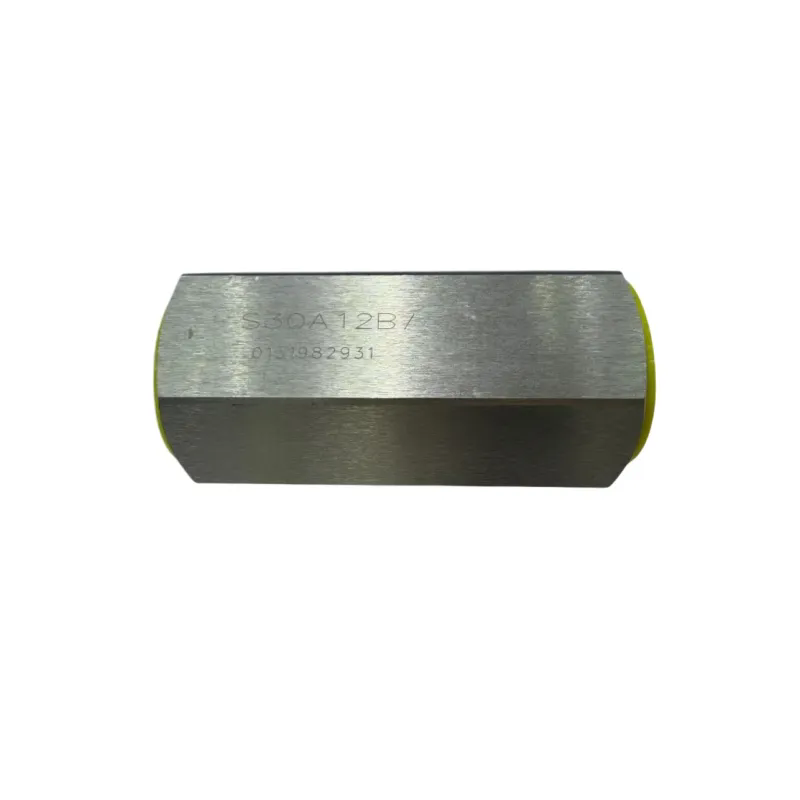Why Is a Check Valve Essential for Fluid Control Systems?
2024-12-02
In fluid control systems, maintaining proper flow and preventing backflow is critical for safety, efficiency, and performance. This is where the check valve comes into play. But why is this simple device so indispensable in industries ranging from plumbing to oil and gas? Let’s dive into its purpose, functionality, and benefits.
1. What Is a Check Valve?
A check valve, also known as a one-way valve, is a device that allows fluid or gas to flow in only one direction. Its primary function is to prevent reverse flow, protecting pumps, pipes, and other components from potential damage caused by backpressure or contamination.
2. How Does a Check Valve Work?
The design of a check valve is straightforward yet effective. It relies on internal components such as:
- A Disc or Ball: Moves to open or close the valve in response to flow.
- Spring or Gravity Mechanisms: Ensures the valve closes automatically when flow stops or reverses.
This automatic operation makes check valves low-maintenance and energy-efficient.
3. Applications Across Industries
Check valves are used in a variety of settings, including:
- Water Systems: Preventing contamination of clean water supplies by blocking backflow.
- HVAC Systems: Ensuring consistent airflow direction in heating and cooling systems.
- Oil and Gas Pipelines: Protecting pumps and compressors from pressure surges.
- Chemical Processing: Controlling the safe movement of hazardous liquids.
4. Benefits of Using Check Valves
The versatility of check valves stems from the many advantages they offer:
- Backflow Prevention: Protects equipment and systems from potential damage.
- Energy Efficiency: No external power is required for operation.
- Compact Design: Fits seamlessly into systems without taking up much space.
- Reliability: Built to withstand high pressure and varying temperatures.
5. Types of Check Valves
To suit different applications, several types of check valves are available:
- Swing Check Valves: Use a swinging disc for low-pressure systems.
- Ball Check Valves: Feature a ball that seals the opening for precise control.
- Lift Check Valves: Ideal for high-pressure applications where quick closing is needed.
- Diaphragm Check Valves: Suitable for sensitive applications like food processing.
6. Choosing the Right Check Valve
Selecting the right check valve depends on factors such as:
- Fluid Type: Is it water, gas, oil, or a chemical?
- System Pressure: Low, medium, or high pressure?
- Temperature Range: Ensure compatibility with operating temperatures.
- Installation Orientation: Horizontal or vertical systems require specific designs.
7. Maintaining System Integrity
In addition to preventing backflow, check valves safeguard system components, extend equipment life, and improve overall system performance. Regular inspection and maintenance ensure long-lasting reliability.
Conclusion
A check valve might be a small component, but its role in ensuring safe and efficient fluid flow cannot be overstated. From protecting equipment to enhancing system performance, this essential device proves its worth in countless applications.



